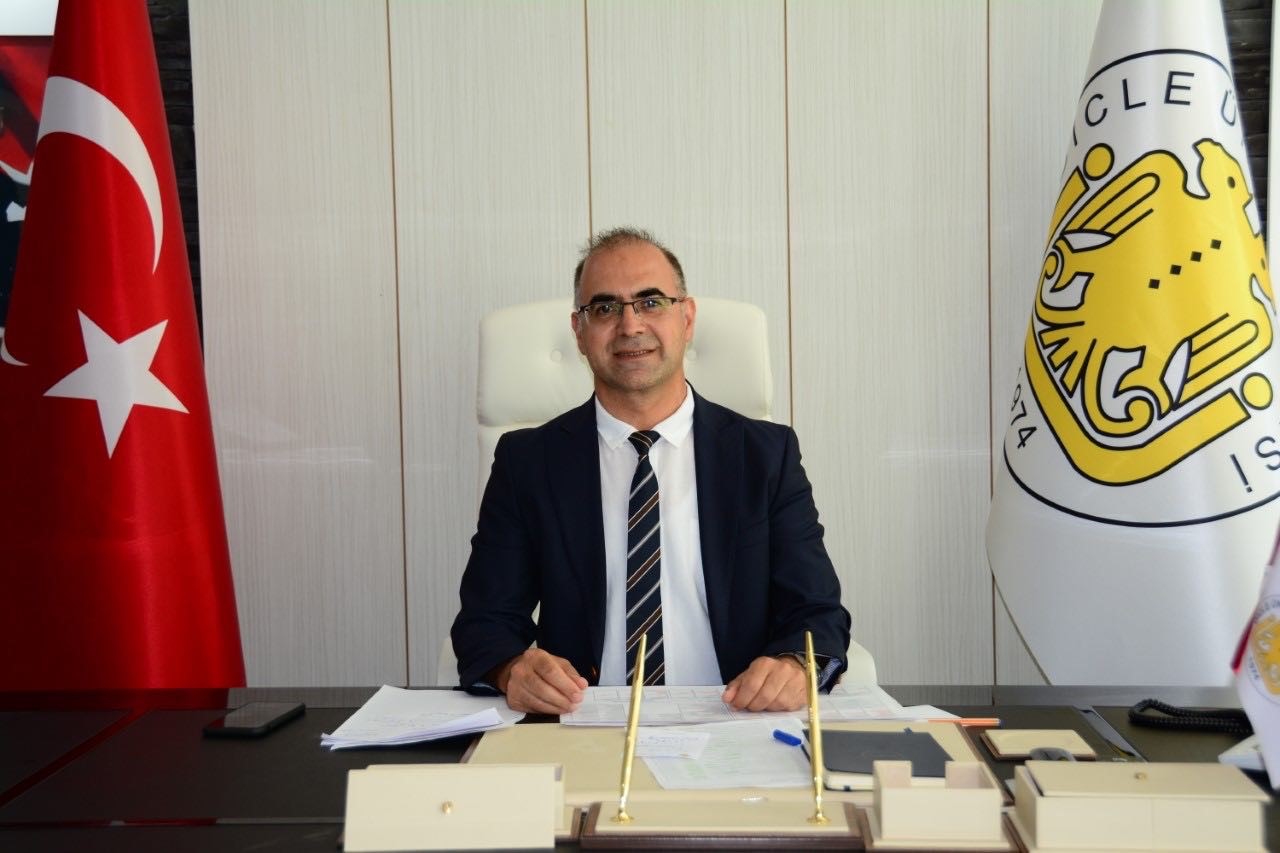Prof. Dr. Mehmet Akdağ, Chief Physician of Faculty of Medicine, Dicle University and Head of ENT Department pointed out that bone conduction hearing solutions may be the hope of patients who do not respond to treatment.
Hearing loss can develop due to a wide range of health problems, from simple earwax to middle ear infections and tumors, inner ear anomalies and auditory nerve diseases, including the brain. In auditory solutions, it is necessary to apply a treatment model depending on the problems. Prof. Dr. Mehmet Akdağ, Chief Physician of Faculty of Medicine, Dicle University and Head of ENT Department noted that bone conduction hearing solutions respond to treatment in people with congenitally underdeveloped ear canal and auricle and moderate hearing loss. Prof. Dr. Mehmet Akdağ said, “Patients who do not respond to chronic treatment, cannot use conventional hearing aids due to external ear canal inflammation, and have conductive or mixed hearing loss can regain their hearing with bone conduction hearing solutions.”
Surgical methods used in the treatment of hearing loss offer very effective solutions by taking advantage of the power of advanced technologies. One of these methods is bone conduction hearing solutions. Bone conduction hearing solutions provide hearing when the attachment mounted on the skull bone via a screw vibrates with the sound coming from outside and directly stimulates the inner ear. Stating that bone conduction hearing solutions provide hearing support using devices compatible with the body, Prof. Dr. Mehmet Akdağ, Chief Physician of Faculty of Medicine, Dicle University and Head of ENT Department made the following statements,
“Those with hearing loss and their families are experiencing a process of disability in social, educational, psychological and academic terms. Technological implants such as bone conduction hearing solutions allow patients to overcome these problems, meet happiness and connect tightly to life. It is necessary to take auditory evaluation criteria into account when applying bone conduction hearing solutions that can be used in children over 5 years old and adults. After surgical intervention, patients can reach the happiness and comfort they are looking for. The application is evaluated within the concept of health practice notification in many criteria including medical indications. In this context, the state makes repayments in a certain amount.”
Offers high performance in terms of audio and comfort
Stating that the implant used in bone conduction hearing solutions provides the sense of hearing through the bone, Prof. Dr. Mehmet Akdağ said, “Bone conduction implants offer a very high performance in terms of both software and size, audio and comfort. These devices can minimize external sounds both through their connections with the smartphone and software programs added to the device. Therefore, it is not affected by external sounds such as wind and noise. After the device is installed, audiological follow-up, such as distinguishing auditory and speech, is very important. The patient must maintain hygiene on the side where the device is inserted. Even hair can destroy the hygiene environment. As with the cochlear implant, it is also very important to protect the external part from factors such as trauma. This process needs to be carried out extremely carefully.”
Implant-free treatment with nanotechnology and artificial intelligence technology
Noting that bone conduction hearing solutions continue to develop under the influence of new generation technologies, Prof. Dr. Mehmet Akdağ made the following evaluation on the subject, “Bone conduction implants, whose use in the world dates back to the 1970s, are constantly renewing themselves with developing technology. It provides direction determination, voice intelligibility in noise, compatibility with mobile phones or microphone receivers in a crowded conference, and swimming in the pool or sea. Again, thanks to developing technology, their sizes are becoming smaller. Studies are being carried out on the development of a smaller and more functional implant device with new generation technologies such as nanotechnology and artificial intelligence. Regenerative and functional studies of nerve cells with cell cultures we call Steamcell, and studies on eliminating hearing loss without an additional implant with the development of surgical techniques, also raise our hopes.”





